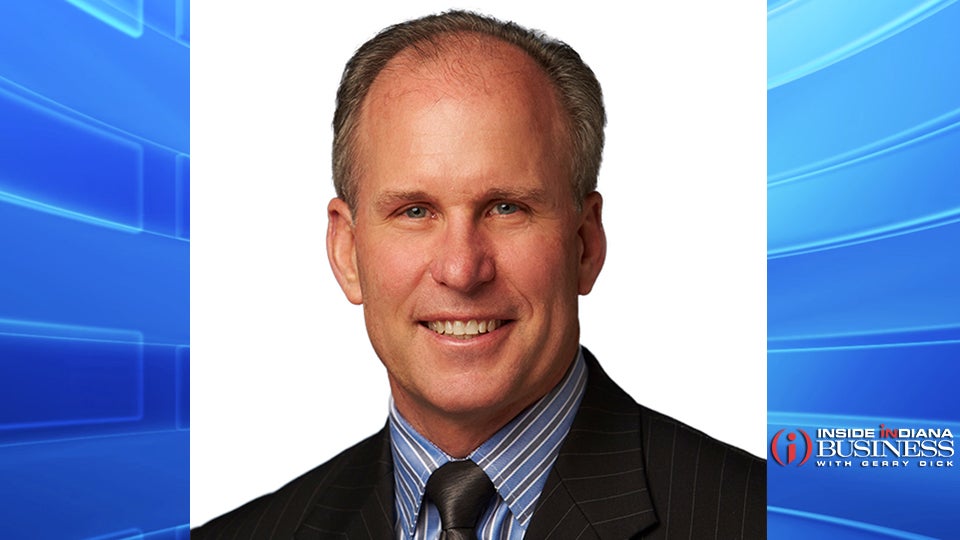Record vacancy means an abundance of office space in Indianapolis
INDIANAPOLIS (Inside INdiana Business) — Commercial real estate company Avison Young says says a lower vaccination rate in Indianapolis continues to hamper a recovery in the city’s office market. In its latest analysis of the Indy metro area, Avison Young says the vacancy rate is at a record 23.4%. Two years ago, it was closer to 18%. “We know it plays a significant role in the recovery,” said Bill Ehret, principal and managing director of Avison Young Indianapolis.
The company says the city vaccination rate of 38% is far below the national average of 49%, according to data from the U.S. Centers for Disease Control. Factoring in outlying counties, the vaccination rate climbs to 44%. Ehret says the lower-than-U.S. average vaccination rates could suggest why office-based labor has not recovered as swiftly as the overall Indianapolis economy. But there are glimmers of hope.
“That vacancy rate, while it’s a record high, it should start moving in into lower percentage territory, but it’ll be slow and steady,” said Ehret.
Moving forward, there are some unknown factors. What will major employers do as they return to the office? According to the AY analysis, Rolls Royce is giving back two-thirds of its total office space due to COVID-related reevaluation of remote workforce. Other companies, like Indianapolis-based Eli Lilly and Co. (NYSE: LLY), is not planning a workforce full office return until September.
“Every company is looking hard at when to bring people back to work. Certainly, for some of the larger employers like Lilly and Rolls Royce, we’ve heard talk about, by September, most of those people will be back, but they’ll be back in shifts more than likely. And then that will allow companies to take a hard look at what they what they’re putting needs to be on a go forward basis,” said Ehret.
Other offices, such as Salesforce will allow hybrid work indefinitely, leaving uncertainty on their future office space needs.
Ehret says there is typically approximately 6.7 million square feet of available office space out of a total inventory of 35 million, but that amount has jumped an additional 1.5 million square feet over the past 18 months. While there is abundance of space, it does not mean prices have gone down.
“You would think at this stage there might be some adjustment of pricing. But because the activity is so low, people are trying to figure out what they’re going to do, that if you adjust the price, it wouldn’t change activity,” explained Ehret. He says some landlords may offer a few more concessions or make improvements to the property, but some are holding firm. “’Why lower my price if I have no buyers? When I have multiple buyers and one of them says I didn’t buy because you were too expensive. Now I’m going to think about lowering my price.’”
As offices refill in the months ahead, Ehret says that rolls over into the downtown economy. “With workers in the downtown area going to the various restaurants, going to various lunch spots, picking up their groceries on the way home,” said Ehret. “It’s confidence. We need the confidence to continue to move the economy forward.”



